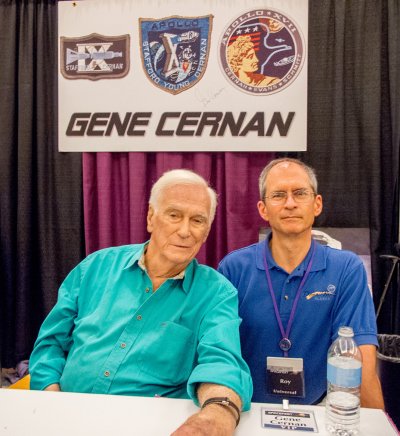[FONT=Calibri,Arial,Helvetica,sans-serif][FONT=Calibri,Arial,Helvetica,sans-serif][FONT=Calibri,Arial,Helvetica,sans-serif][FONT=Calibri,Arial,Helvetica,sans-serif][FONT=Calibri,Arial,Helvetica,sans-serif][FONT=Calibri,Arial,Helvetica,sans-serif][FONT=Calibri,Arial,Helvetica,sans-serif][FONT=Calibri,Arial,Helvetica,sans-serif]One of the most challenging aspects of reusability, he said, is the weight penalty added by hardware and propellant. He says the latter means reserving 30% of first-stage fuel in order to return a booster to the launch site.[/FONT][/FONT][/FONT][/FONT][/FONT][/FONT][/FONT][/FONT]
[FONT=Calibri,Arial,Helvetica,sans-serif][FONT=Calibri,Arial,Helvetica,sans-serif][FONT=Calibri,Arial,Helvetica,sans-serif][FONT=Calibri,Arial,Helvetica,sans-serif][FONT=Calibri,Arial,Helvetica,sans-serif][FONT=Calibri,Arial,Helvetica,sans-serif][FONT=Calibri,Arial,Helvetica,sans-serif][FONT=Calibri,Arial,Helvetica,sans-serif]“You end up designing much larger vehicles, with landing gear, with legs or wings, so it's heavier and you need more propulsion, at least 25-30% more propulsion on the stage,” Bonnal said, adding that a previous study by CNES and Russian space agency Roscosmos looked at the feasibility of making the Ariane 5 solid-rocket boosters liquid-fueled and reusable, but scrapped the idea after the hardware grew too large.[/FONT][/FONT][/FONT][/FONT][/FONT][/FONT][/FONT][/FONT]
[FONT=Calibri,Arial,Helvetica,sans-serif][FONT=Calibri,Arial,Helvetica,sans-serif][FONT=Calibri,Arial,Helvetica,sans-serif][FONT=Calibri,Arial,Helvetica,sans-serif][FONT=Calibri,Arial,Helvetica,sans-serif][FONT=Calibri,Arial,Helvetica,sans-serif][FONT=Calibri,Arial,Helvetica,sans-serif][FONT=Calibri,Arial,Helvetica,sans-serif]“The thing that shocked me was that at the beginning, this reusable flyback booster was just a cylinder with engines and little wings, just a turbo fan in the back,” he said. “And three years later these were complete Airbuses in terms of size with four engines in each of them.”[/FONT][/FONT][/FONT][/FONT][/FONT][/FONT][/FONT][/FONT]


